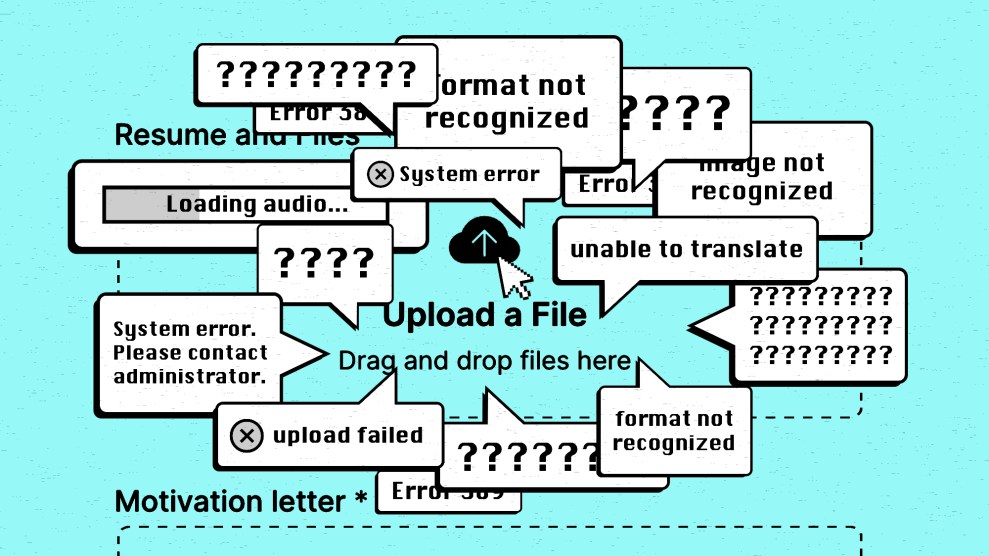
Mother Jones illustration; Getty
On December 19, 2014, then-President Barack Obama signed the Achieving a Better Life Experience Act into law, establishing tax-exempt savings accounts of up to $100,000 for qualified disability expenses—including education, housing, transportation, health, and basic living expenses—for people whose disabilities began before age 26, without counting against the $2,000 Social Security Insurance asset limit.
In the decade since, ABLE accounts have meaningfully improved the lives of over 160,000 people by giving them more financial independence. It’s an underappreciated example of just how much impact a seemingly small reform can have. Still, the number of ABLE accounts is small, considering around 8 million people qualify. For its tenth anniversary, I spoke with Max H., a disabled person who lives with Marfan syndrome, autism and schizoaffective disorder, about their experience having an ABLE account.
My dad died from epilepsy when I was 16, in 2018. At the time, we were on food stamps, and I don’t remember a time I wasn’t on Medicaid. My mom had to stop working after he died, and she had to have neck surgery for Ehlers-Danlos syndrome. My mom talked with our developmental pediatrician about the way the ABLE accounts work—my three siblings and I are all disabled. [It] meant the money that people gave us after my dad died, and his life insurance policy, was able to go there, and my mom could still use it for utilities and educational supplies.
I got on SSI when I was 18, in 2020. If I had not had the ABLE account, I would have still had around $7,000 after I turned 18 that was in a savings account somewhere [and been ineligible for SSI].
I did work last year in a tax agency starting in January, and I somehow managed to [work] enough hours—at $12 an hour, while working three and a half days a week—that my SSI payments were paused. When I stopped working in April, the SSI office didn’t reinstate my payments until August. The ABLE account helped me cover my expenses in April, May, June and July. Once the SSI people realized that I hadn’t been working since April, I was [backpaid] over $2,000, so that put me over the asset limit as is. I either had to spend it or put it in the ABLE account.
There is a problem, though, where it’s not easy to get your parents off your ABLE account when you turn 18. I worry about that for the disability community, especially with people with intellectual developmental or psychotic disorders, who are at an increased risk for guardianship. Financial abuse can also be very rampant towards us. I had full control over my account, but my mother could see what I was purchasing until I was like 20. I’m not under guardianship. I didn’t want my mother to know that I was buying Plan B, that kind of thing. Having my mom on the account did not make it easy to actually use it what I needed to use it for.
An ABLE account does make it easier to get money when you need it, [unlike] a special needs trust or a 529 college account, which doesn’t work for day-to-day expenses.
This interview has been edited for length and clarity.
















